Mealybug is one of the most dangerous pests of ornamental crops. These homoptera coccids affect shoots, buds, leaf plates and plant flowers. If a mealybug has appeared on indoor plants, you must immediately begin to fight it. Otherwise, this pest will not stop until it completely destroys the flower. Often indoor flowers are affected by a similar disease by name - powdery mildew, which, however, has a different, fungal nature, but with signs similar to a worm.
Content
What is the danger of a mealybug developed in plants?
Worms live only through the juice of plants. They damage almost all of its parts. It is not always possible to detect these parasites in a timely manner, therefore, if the flower begins to fade, it is necessary to carefully examine it. Eating juice, the parasites secrete a sweet powdery mass, reminiscent of cotton wool. Plants on which the mealybugs live for a long time are covered with soot fungi. If the flower is not treated, it dies over time, and the insects will look for a new “victim”.
Most often, decorative crops affect the following types of worms:
- Bristle worms are a fairly large group of representatives of the family. Their elongated body reaches 3.5 mm in length. The worm itself is light pink or yellow, but its surface is covered with a smoky white coating. Bristle worms form colonies that are located on the underside of the leaf. Often they affect the axillary buds and young stems of the plant.
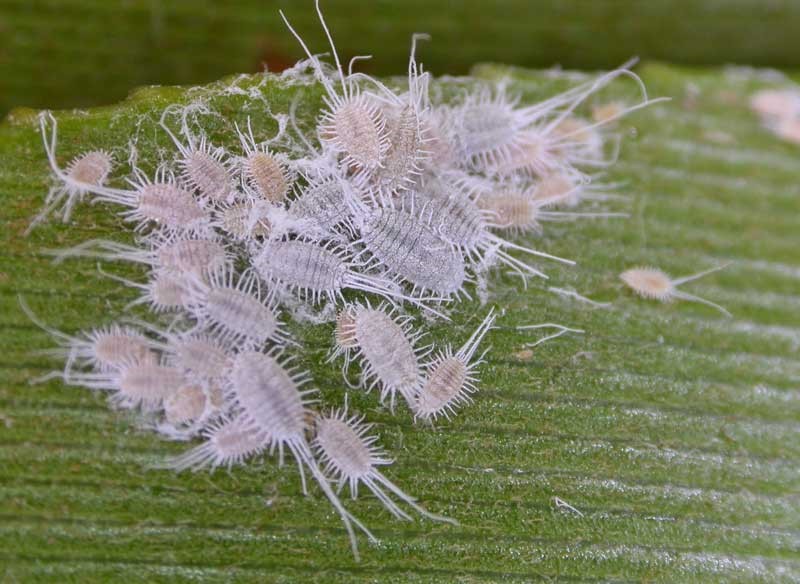
Bristle Worms Affected leaf plates gradually turn yellow and die, stems cease to grow. Most often, the bristle worm parasitizes on plants of the Orchidaceae, Palm, Cactus, Tea, Cypress, Kutrovy, Aroid families. You can also notice pests on Kalanchoe, bulbous plants, rhododendrons, asparagus, senpolia, vines, Chinese roses.
- Grapeworms resemble the previous look. They are characterized by a pinkish or lemon color. Worms of this species are located throughout the flower and form a large colony. These parasites affect various outdoor and indoor grapes.
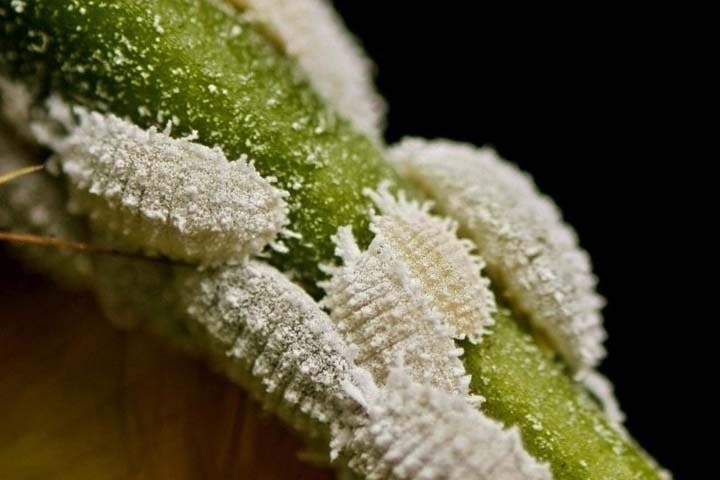
Grape Worms - Maritime mealybug is the most common type of shaggy lice. Its representatives have a relatively small oblong body of a gray-pink hue. This species is found on Rutovye, Rhododendrons, Cactus, Palm, Cypress, Tea, Astro, Aroid domestic plants. Sometimes it affects the Chinese rose and succulents.
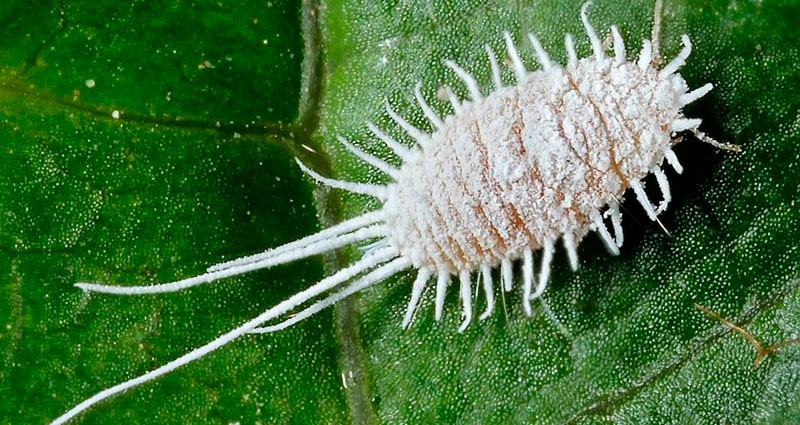
Seaside worm - Citrus worms reach a length of 4 mm. Their light pink body is covered with a dull coating. This type of parasite destroys plants of the Rutov family: tripholyate, pomelo, kumquat nagami, calamondin and others.
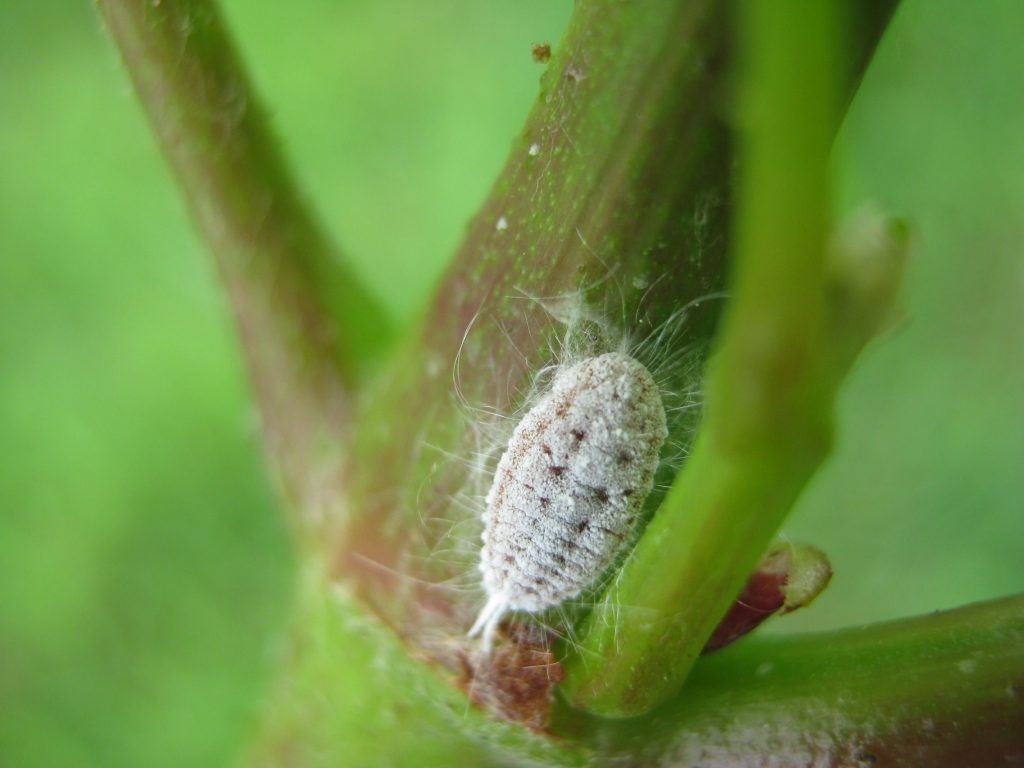
Seaside worm - Palm worms have a wide creamy body. In length, these parasites reach 2.5 mm. Like other species, the body of palm worms is covered with ashen coating. This species feeds on the juice of many greenhouse crops; among them can be distinguished Hamedorea, Anthurium, Phalaenopsis, Laurel.
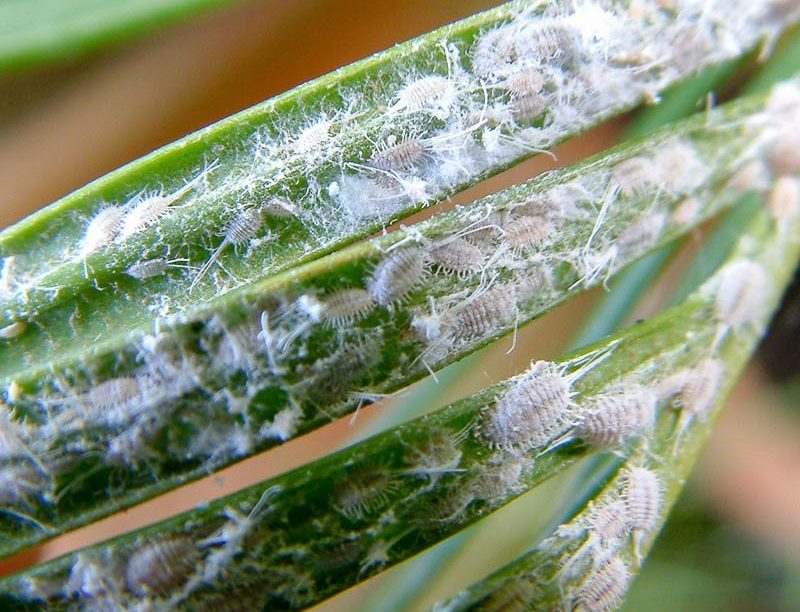
Palm worms
Indoor Pest Signs
A thorough inspection will help to determine that indoor worms have hit the house culture. A sick flower has several characteristic features:
- smoky white coating resembling flour;
- sticky mucus appeared on the buds or leaf blades, and elongated white insects everywhere on the plant;
- leaves drop and wither, become soft to the touch.
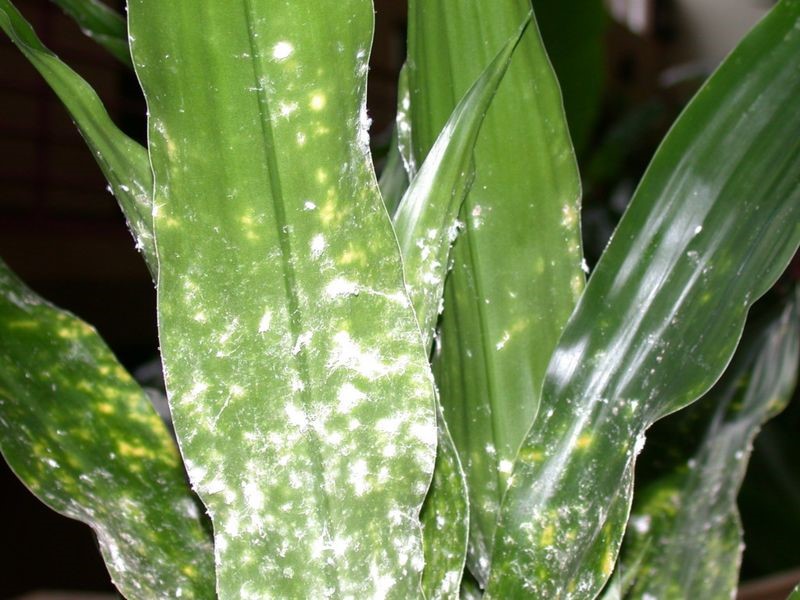
It is worth noting that all these signs do not appear at the same time, so it is not always possible to detect pests on time. But as soon as a raid appears on the plant, urgent measures must be taken.
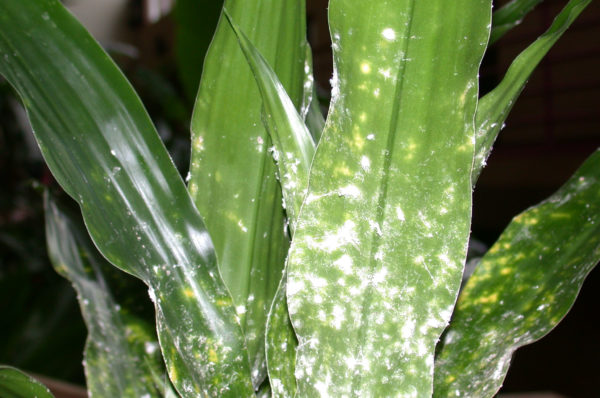 You may be interested in:
You may be interested in:Worm Control Methods
The worm can be fought using various means. In the early stages of the lesion, you can use simple home methods. Heavily affected culture should be treated with chemicals.
Chemicals
To destroy the worms, you can use special chemicals - insecticides. Conventionally, they can be divided into three groups:
- Intestinal contact - means that enter the body of the pest through the oral apparatus or external integument. Among them, a drug of natural origin Vertimek can be distinguished. It is great for processing decorative grapes and other potted crops. Citrus plants can be treated with liquid paraffin - Preparation 30 plus. Among these drugs are also popular Actellik, Admiral, Bankol, Inta-virus, Fitoverm.
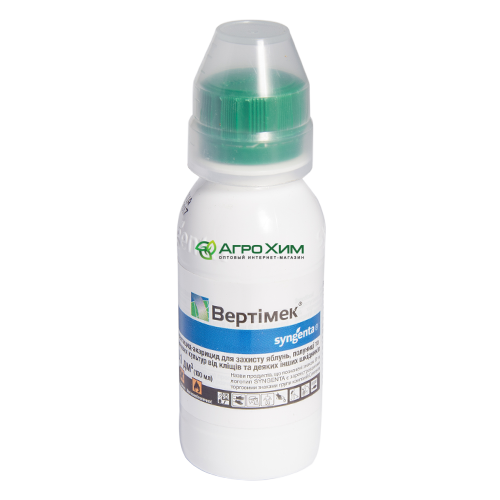
Vertimek - Contact - enter the body of the insect through the outer integument. It is worth noting that contact insecticides can adversely affect flower health. For example, the drug Malathion is not suitable for the treatment of crassulas, ferns, gerberas, orchids, petunias, and pili.
- Systemic - absorbed into the sap of plants. Among them, the drug Aktara stands out, which is as harmless as possible for animals and humans. The tool is great for processing grapes, violets and orchids.
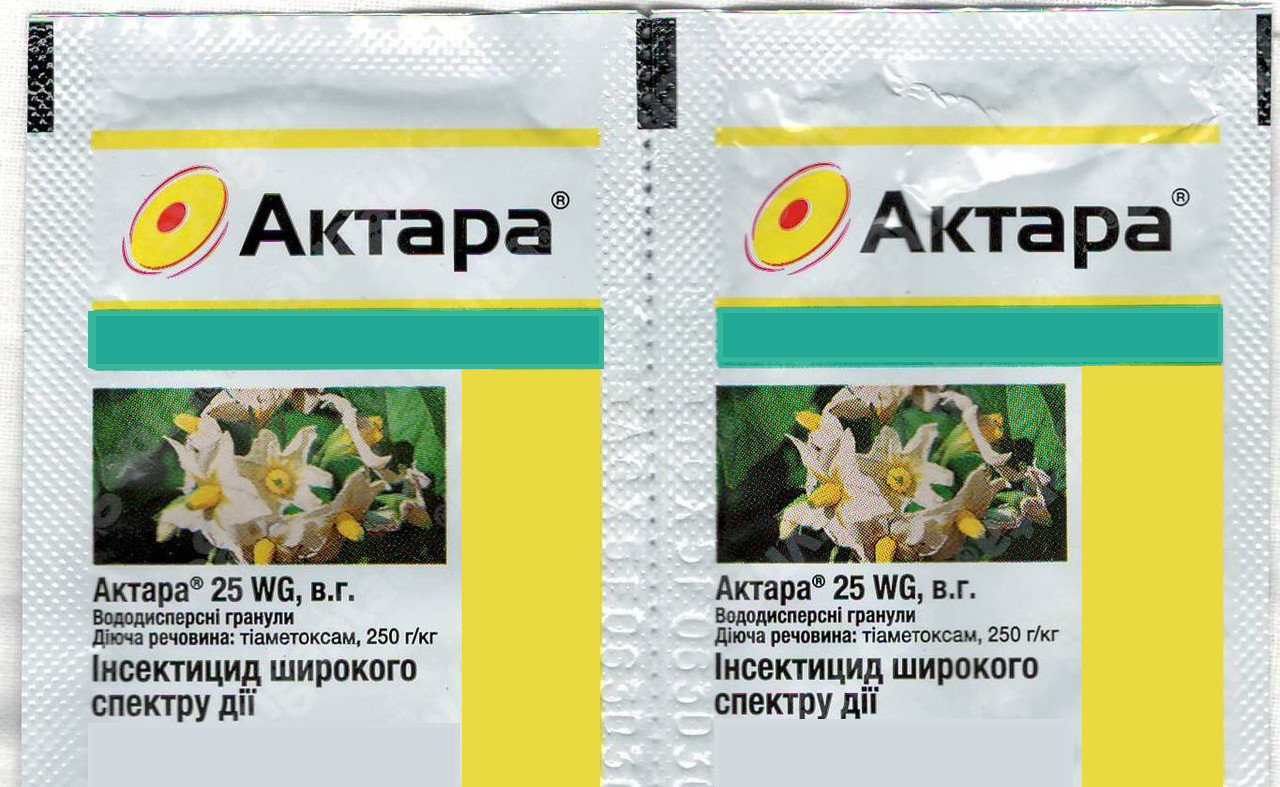
Aktara
At the same time, parasites of different stages of development can be on the flower. Therefore, in order to completely get rid of the worms, several treatments with an interval of 1-2 weeks may be required. Insecticides are toxic substances, so you must carefully follow the instructions for their use.
Home Ways
At an early stage of the lesion, you can resort to simple home methods. First of all, it is necessary to remove plaque from the surface of the flower. To do this, moisten a cotton pad in a soap solution and gently wipe the stems and leaves of the plant. After that, you can spray the culture with a solution prepared at home. For example, you can use:
- Garlic infusion. To prepare the product, you need to pour 5 cloves of garlic with 2 glasses of water and insist for 4 hours.
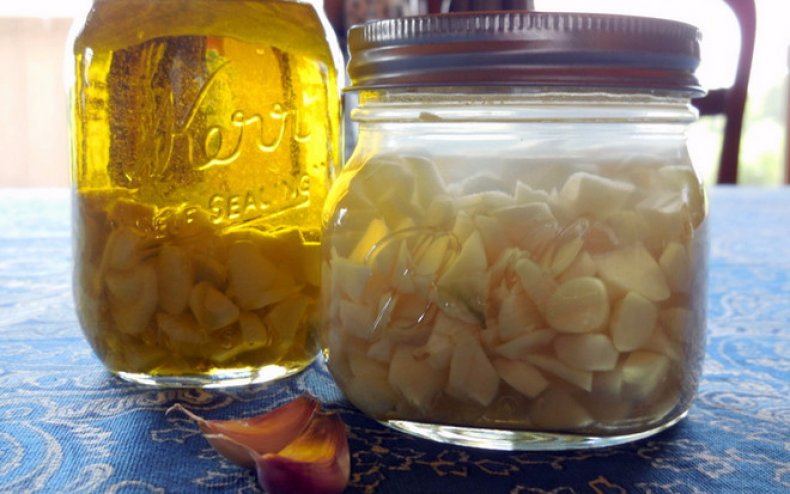
Garlic infusion - Soap solution with alcohol. Dilute 10 ml of alcohol and liquid soap in 1 liter.
- Tincture of calendula. A cotton swab must be moistened in a finished pharmacy tincture and wipe the affected area.
Folk remedies will help in the fight against a small number of young parasites. Older individuals become less vulnerable and it is extremely difficult to breed them. Therefore, it is necessary to carry out the processing immediately after the detection of the worms.
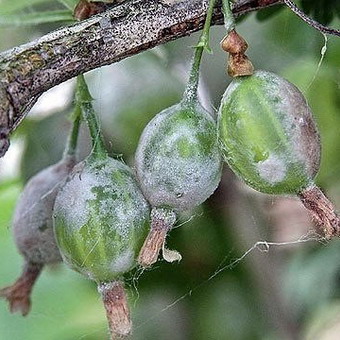 You may be interested in:
You may be interested in:What is powdery mildew?
Powdery mildew is a disease that is caused by ectoparasitic powdery mildew fungi, it necessarily requires treatment. The mycelium of these microorganisms infects leaf plates and covers them with a pale coating. After spore maturation, dark brown droplets similar to dew form on the plaque surface. To the touch, the leaves of the flower become sticky and soft.As a rule, mushrooms appear on the lower leaves and gradually affect the entire surface of the flower.
This disease has nothing to do with mealybug. It can only be noted that the signs of an ashtray lesion are similar to the signs of a worm. In both cases, a light coating appears on the plant.
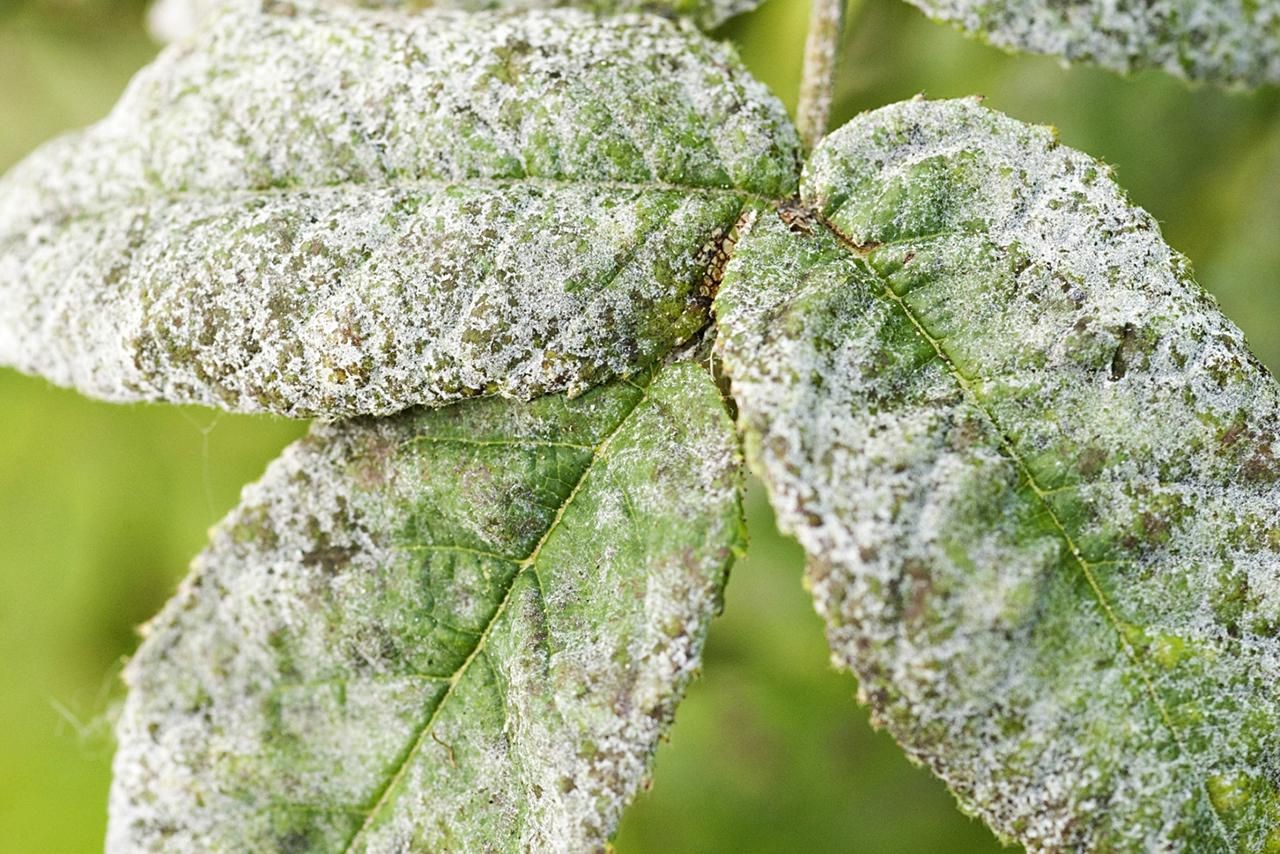
Flowers struck by the ashtray lose their attractive appearance: they become lethargic, the leaves crumble, and new ones grow twisted and wrinkled. Affected fruits crack and rot.
White plaque prevents the flower from carrying out the processes of respiration, photosynthesis and evaporation. Mushrooms feed on the plant, which contributes to a lack of nutrients and stunted flower growth. Over time, the plaque becomes more dense, and the vital processes of the flower finally cease.
Treatment of plants for powdery mildew parasite
Often plants that are sick with an ashtray die. However, this does not mean that you do not need to try to fight the disease. It is important to remove all diseased parts of the flower. The ashtray mushroom can be in the upper layer of the substrate, so it is advisable to replace it. But these actions will not be enough; To get rid of the fungus, you need to spray the flower with a special solution. It can be either a chemical preparation or a solution prepared according to a folk recipe.
Chemicals
Antifungal pesticides, for example fungicides, can be used against ashtrays:
- Benomil;
- Jack Pot
- Acrobat MC;
- Agate;
- Discord
- Pure flower;
- Coronet.
These chemicals inhibit the development of fungi and eventually completely destroy them. It is necessary to process indoor culture several times.
Folk methods
The following recipes can be attributed to the most common folk ways of dealing with an ashtray.
A solution of sodium carbonate and soap. Ingredients:
- 3 teaspoons of sodium carbonate;
- 5 liters of hot water;
- a teaspoon of liquid soap.
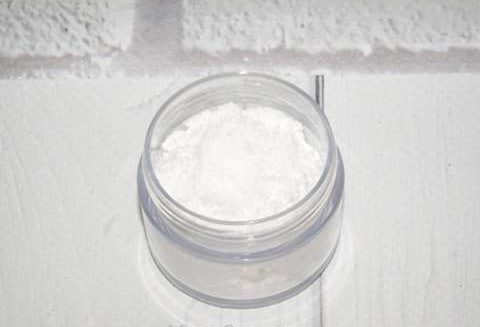
All components must be mixed and cooled. Spray the surface of the flower and substrate every seven days.
Serum solution. Ingredients:
- half a glass of serum;
- 5 glasses of water.
Mix the ingredients and spray the flower with the resulting liquid in dry weather. The procedure is carried out 2 times a week.
Iodine solution. Ingredients:
- iodine - 1 ml;
- skim milk - 1 l;
- water - 9 l.
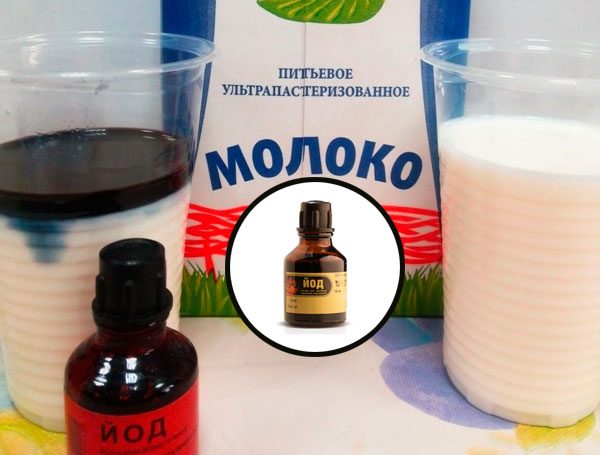
Preparation: mix all the ingredients.
Application: spray the flower every 14 days until complete recovery.
A decoction of horsetail. Ingredients:
- 100 grams of fresh horsetail;
- 1 and 5 liters of water.
Preparation: insist horsetail in a liter of water for a day. Then boil over low heat for 1-2 hours. Strain the resulting infusion, cool and dilute with 5 liters of water.
Application: treat the flower every 5 days. For the treatment of the disease, at least 3 sprayings should be performed.
Disease prevention
To avoid severe damage by pests or fungal diseases, you must regularly inspect the flower carefully. This will help to identify the problem in time and avoid its spread. In addition, you should always remember the rules for caring for flowers.
Worms do not tolerate high humidity, they prefer dry, warm places. Fungal diseases, on the contrary, like moist soil. Therefore, it is important to properly care for the plant, observe the watering regime, and prevent overmoistening or excessive dryness of the soil.It is advisable to regularly wipe the leaves of the flowers with a wet swab, and immediately remove the diseased and sluggish areas.
So that the decorative culture does not hit the linen, it is necessary to regularly spray with a solution of potassium permanganate. You should not often use nitrogen fertilizers, but phosphorus or potash fertilizing will not be superfluous. The room in which the flower stands should be carefully ventilated, but drafts should be avoided. It is better to buy the substrate for the flower in stores, so the likelihood of infection with parasites or fungi through the soil will decrease.
When buying a flower, you need to carefully examine it. Leaves should not be sluggish, covered with unnatural spots. After buying the flower you need to isolate for a while from the rest. Do not forget that worms can settle in the roots of the plant, so you can transplant it into a transparent pot. So it will be much easier to notice the pest in time.
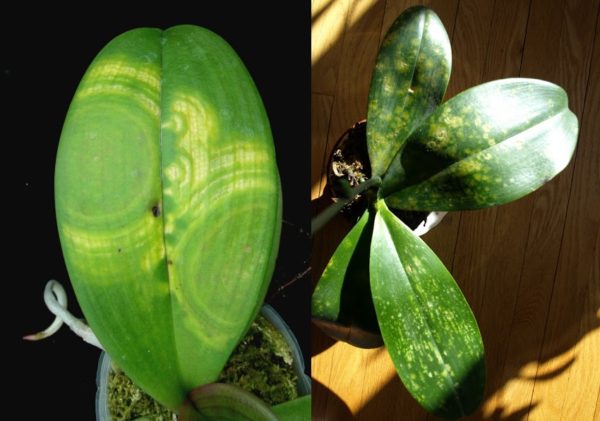 You may be interested in:
You may be interested in:Common questions
Indoor plants are prone to attack by parasites and various diseases. Among them, the mealybugs and powdery mildew stand out especially. Plants affected by the worm are covered with a white coating. In addition, on them you can see the insects themselves. The ashtray also causes plaque, however, it is caused by special fungi. Although these diseases have a different nature, they are very dangerous, so you need to properly care for the flower to prevent their occurrence.

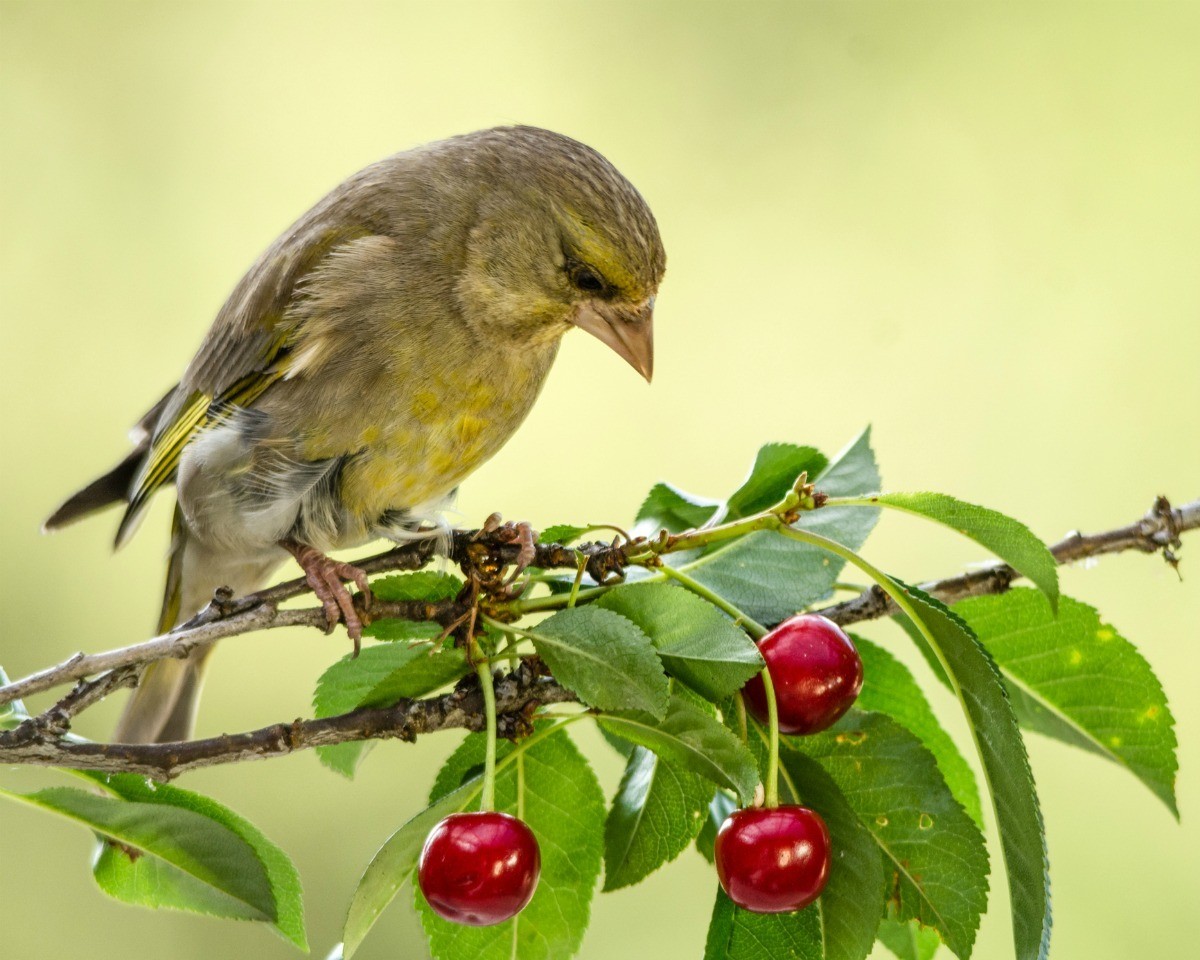
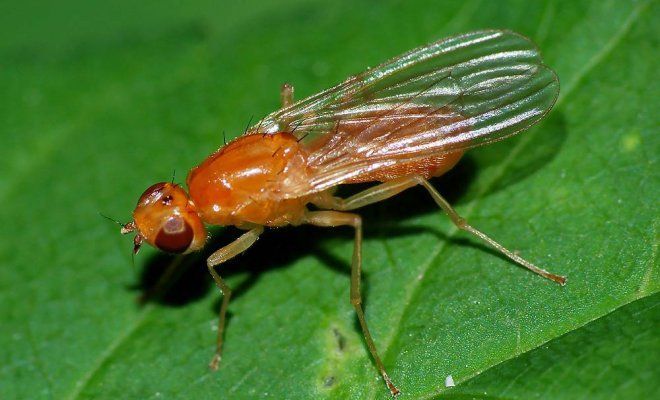
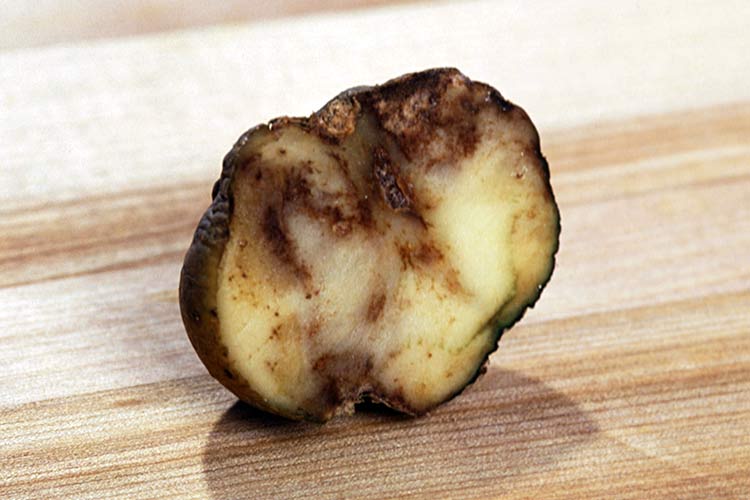
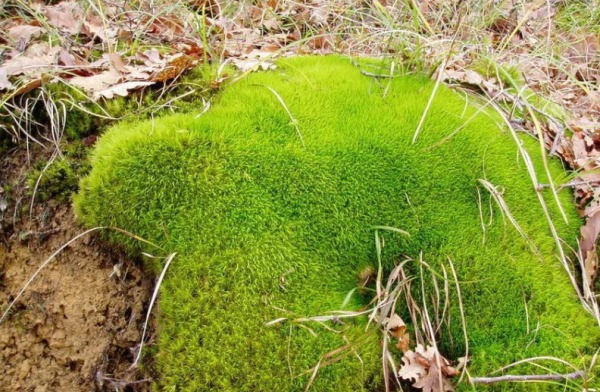 Where does moss come from in the garden and is it necessary to get rid of it?
Where does moss come from in the garden and is it necessary to get rid of it?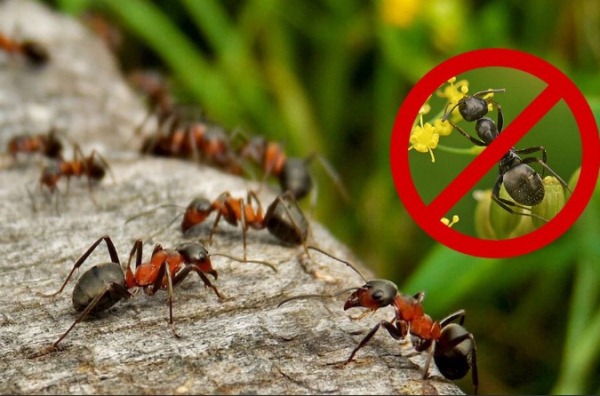 The most effective ways to deal with ants in the area
The most effective ways to deal with ants in the area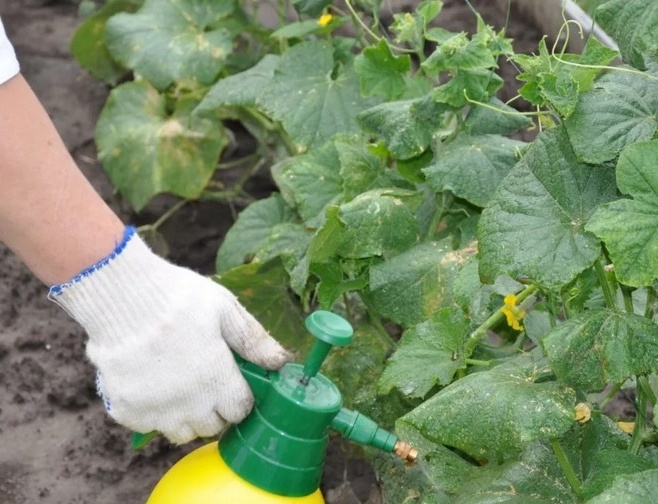 Cockchafer and Bear: An Easy Way to Save Plant Roots
Cockchafer and Bear: An Easy Way to Save Plant Roots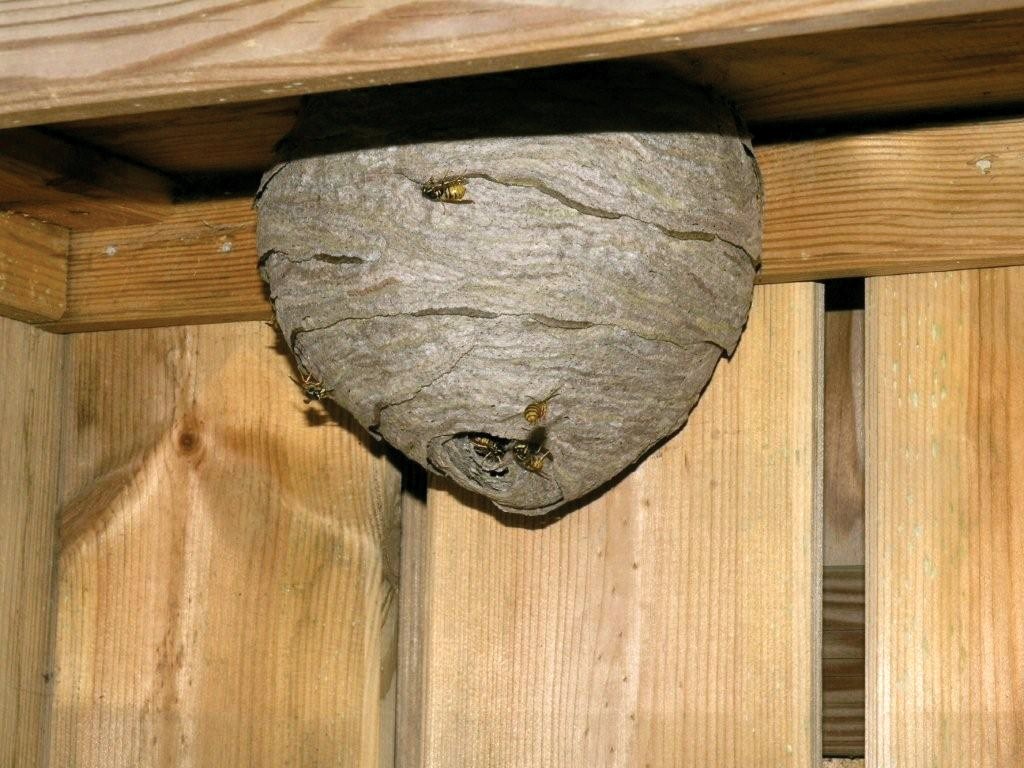 Get rid of the aspen nest quickly and safely.
Get rid of the aspen nest quickly and safely.